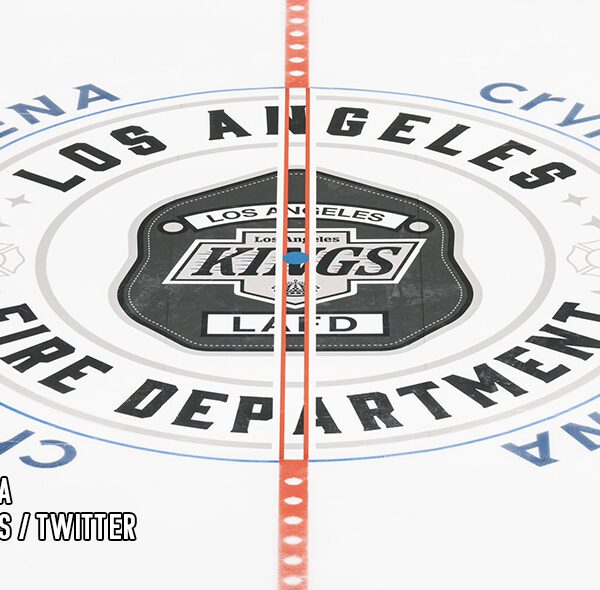

The August jobs report marked an improvement from the prior month but failed to quell Wall Street’s recession fears, even with the Federal Reserve poised to start cutting rates soon.
The U.S. economy added 142,000 jobs last month, falling short of forecasts, while the unemployment rate dipped to 4.2%.
Private-sector hiring totaled 118,000, but the three-month moving average dropped below 100,000. According to Citi Research analysts led by chief U.S. economist Andrew Hollenhorst, that’s the weakest three months for the private sector since 2012, excluding the pandemic.
Meanwhile, the unemployment rate has climbed by a nearly a full percentage point from its low, he added in a note on Friday, pointing out that layoffs that were once seen as temporary have now been normalized.
“The takeaway from the range of labor market data is clear – the job market is cooling in a classic pattern that precedes recession,” he wrote.
In a follow-up note on Friday, Hollenhorst and company zeroed in further on the three-month average of private-sector job gains slipping below 100,000, saying that pace is usually only seen around recessions.
Adding more concern is that revisions to prior jobs reports indicated payroll growth was overstated by as much as 70,000 per month.
“Data released this week left us more certain that the US economy is headed at least into a substantial slowdown (and more likely a recession), but it is still uncertain as to how exactly the Fed will respond to the deteriorating outlook,” he said, adding that Citi’s base case is for 125 basis points of rate cuts this year.
Other signs of an economic downturn include slowing auto sales and lackluster home purchases, which remain subdued despite the recent drop in mortgage rates, according to the note.
Hollenhorst has been a relative contrarian this year by maintaining a dimmer view on the economy, even as the Wall Street consensus shifted to a soft landing.
In July, he predicted the Fed would slash rates by 200 basis points through mid-2025 as the economy heads for a sharper decline. In May, he doubled down on his warning that the U.S. is headed for a hard landing and that Fed rate cuts wouldn’t be enough to prevent it. That followed a similar forecast in February, even amid blowout jobs reports.
To be sure, the consensus hasn’t shifted back to a recession as economists point to low jobless claims, robust corporate earnings, strong GDP readings and estimates, upbeat retail sales, and rising wages.
But elsewhere on Wall Street, analysts have flagged other recession indicators that are sounding the alarm now. On Friday, Interactive Brokers senior economist Jose Torres pointed out that the yield curve has de-inverted, which has preceded every recession since 1976.
An inversion—where short-term yields top long-term yields—has been a reliable recession indicator as it signals that investors see more risk in the near future.
Yields were inverted for about two years until recently, but their de-inversion doesn’t mean the economy is in the clear.
“Indeed, a positive spread across the 2- and 10-year Treasury maturities following a long period of a negative difference has historically preceded economic downturns,” Torres warned.
In our new special issue, a Wall Street legend gets a radical makeover, a tale of crypto iniquity, misbehaving poultry royalty, and more.
Read the stories.















